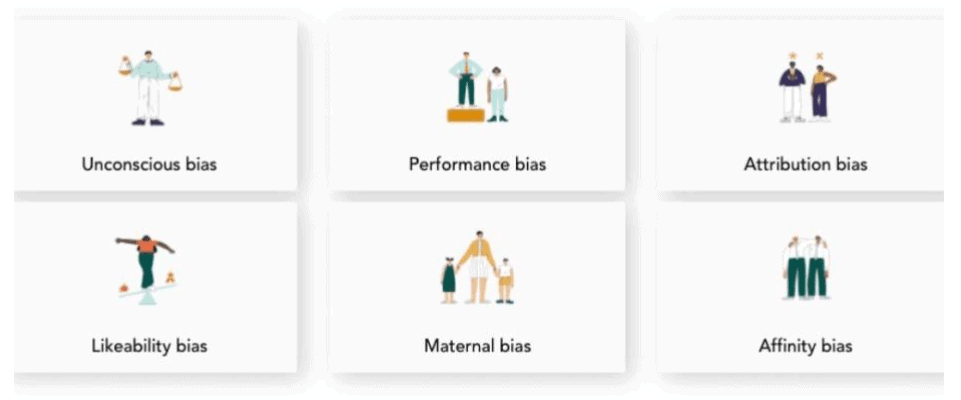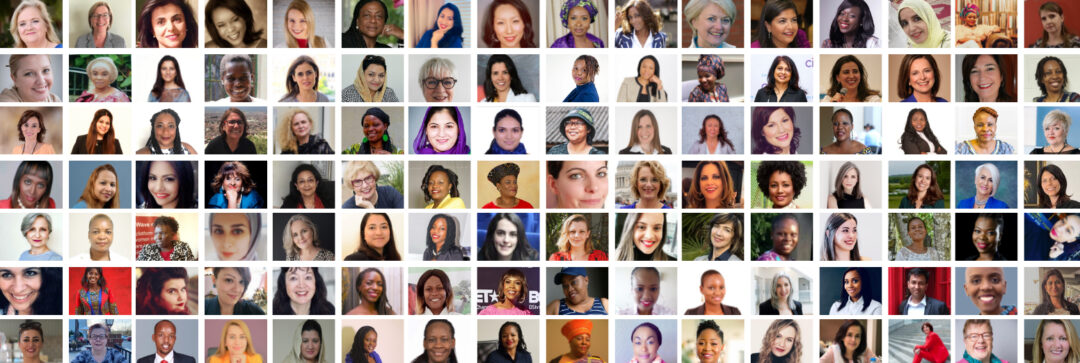How biased are you- consciously or not?
Many of us prefer to think we are not biased. Research from Leanin.org is worth noting especially given that we have just concluded the International Women’s Month in March. Workplace biases against women and minorities continue to block many women and organisations from moving forward. There is an interesting connection between biases and the leaking talent pipeline. What’s interesting is that each of us may have seen or faced biases in one way or the other. This research points out that only 1 in every 3 employees challenges biased behaviour when they experience it. The tough fact is that unconscious bias can have real consequences on employee experience, and over time, it hinders the organisation’s ability to execute its business. In the USA, the cost of workplace bias is projected at $64B annually. Lets look at 7 critical biases:
- Likeability bias: old cultures and historical patterns make us look at women who are ambitious as greedy yet men who are ambitious are labelled just that: ambitious and encouraged to be so. We label women who are assertive as aggressive. Interestingly, in some cultures, women are not meant to ever speak up ( or worse still challenge or build on an idea) only their work should speak for itself. In addition, for many women, we internally struggle with the double bind and bias of either being successful versus being likeable as it appears that women historically could only attain one or the other.
- Attribution bias: This is the lens that darkens how we see competent women as we tend to mark them down when they achieve high goals and view them as incompetent. It is also the bias which causes us to be hyper critical and blame them unnecessarily for mistakes made by others.
- Performance bias: This is the bias that emanates from traditional assumptions about male and female capabilities. We tend to be more critical of a woman’s competencies and as a result underestimate her performance and consequently, overrate a man’s performance.
- Affinity bias: This is the tendency we at Breakthrough Leadership Transformation have observed from the playground to the boardroom. People generally tend to gravitate towards people who seem to be like them in terms of their appearance, their beliefs, their achievements and their backgrounds. Unfortunately, consciously or not, they exclude those who are not similar to them. This is a dangerous bias and has caused many companies and teams to degenerate into poor performing teams and lack an innovative culture due to the inability to accept varying perspectives.
- Maternal bias: This is one bias that I have experienced and I know I am not alone. This is the bias that when women have children, they face the assumption that they are less committed to their careers and consequently incompetent. Unfortunately, the more children one has, the more acute this bias becomes. This is a false assumption made on a shaky premise. I strongly believe that our identity is more than our jobs and dedicate a whole chapter to it in my book #Rise. What if we consider both to be a win -win and realise that no parent should have to be forced to choose family or work.
- Unconscious bias: Unconscious bias (or implicit bias) is often defined as prejudice or unsupported judgments in favour of or against one thing, person, or group as compared to another, in a way that is usually considered unfair. Unconscious bias affects how we evaluate talent, performance, assignments, and promotions. Here are just a few global examples from Impact group:
- 48% of African American women and 47% of Latina women report being mistaken for administrative or custodial staff. In some countries, ethnicity is another basis for bias.
- The taller a man is the more likely he will earn more than a shorter man.4
- Resumes with African American, African Asian, and Hispanic names are less likely to get call backs for interviews.
7. Intersectionality bias: This is when a woman experiences all biases or a combination of them for instance, race, disability, maternal bias, likeability bias and affinity bias all at the same time from her workplace.
So what can you and I do, now that we know all this?
- Audit our personal behaviour, the company culture and see if these biases exist.
- Speak up when you see biased behaviour occur to ourselves or to someone else.
- Ask a probing question and stay true to the facts
- Explain the downside of biases and influence policy changes.
Now, after reading this newsletter, how biased are you? Let me know which bias resonates with you and what you will do about it.

Patricia Murugami
Global Leadership Catalyst and Advisor





Commentaires récents